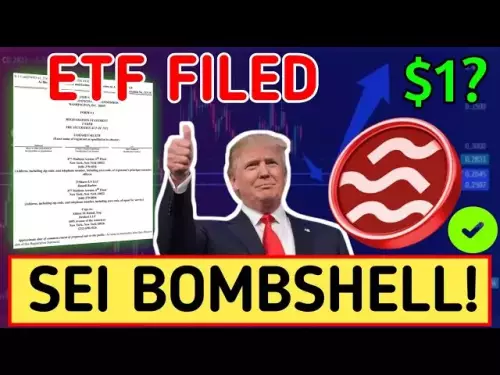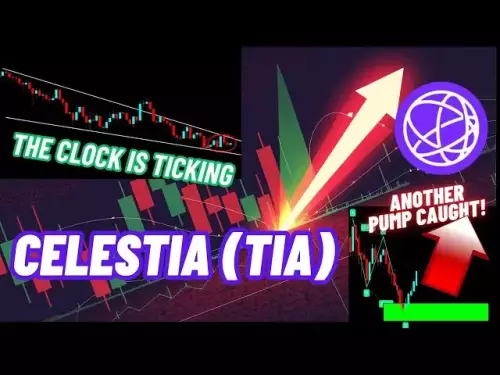-
 Bitcoin
Bitcoin $108300
-2.56% -
 Ethereum
Ethereum $4395
-1.64% -
 XRP
XRP $2.833
-2.65% -
 Tether USDt
Tether USDt $1.000
-0.01% -
 BNB
BNB $859.3
-1.19% -
 Solana
Solana $206.5
-4.32% -
 USDC
USDC $0.9999
0.00% -
 Dogecoin
Dogecoin $0.2172
-1.48% -
 TRON
TRON $0.3397
-1.23% -
 Cardano
Cardano $0.8361
-1.03% -
 Chainlink
Chainlink $23.37
-3.16% -
 Hyperliquid
Hyperliquid $44.50
-2.30% -
 Ethena USDe
Ethena USDe $1.001
-0.03% -
 Sui
Sui $3.318
-3.27% -
 Stellar
Stellar $0.3616
-2.99% -
 Bitcoin Cash
Bitcoin Cash $532.7
-4.23% -
 Cronos
Cronos $0.2999
-1.70% -
 Avalanche
Avalanche $23.71
-4.83% -
 Hedera
Hedera $0.2280
-2.65% -
 UNUS SED LEO
UNUS SED LEO $9.501
-0.86% -
 Litecoin
Litecoin $110.8
-1.83% -
 Toncoin
Toncoin $3.091
-1.26% -
 Shiba Inu
Shiba Inu $0.00001240
-1.06% -
 Polkadot
Polkadot $3.814
-2.77% -
 Uniswap
Uniswap $9.712
-2.23% -
 Dai
Dai $0.9999
0.00% -
 Bitget Token
Bitget Token $4.546
-1.23% -
 Aave
Aave $317.7
0.91% -
 Monero
Monero $261.9
-0.95% -
 Ethena
Ethena $0.6649
-0.51%
Secrets of the Bitfinex Order Book: A Trader's Guide
The Bitfinex order book provides real-time insight into market sentiment, liquidity, and potential price movement through visible bid-ask spreads and volume distribution.
Aug 30, 2025 at 06:28 am
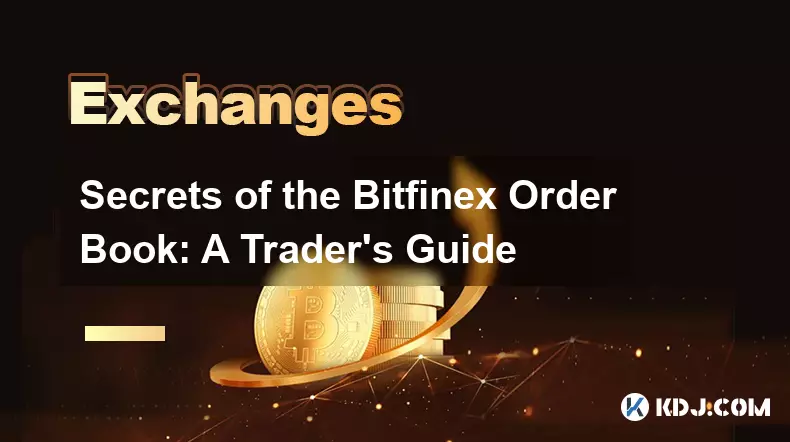
Understanding the Bitfinex Order Book Structure
1. The Bitfinex order book operates as a real-time ledger of buy and sell intentions, displaying both bid and ask prices across multiple price levels. Traders can observe the depth of market sentiment by analyzing the volume stacked at different price points.
2. Bids appear on the left side of the interface, representing the highest prices buyers are willing to pay. Asks are listed on the right, showing the lowest prices sellers are willing to accept. The gap between the top bid and top ask is known as the spread.
3. Market depth is visualized through a graphical representation, allowing traders to assess liquidity concentration. A thick order book with large volume near the current price indicates strong support or resistance zones.
4. Orders are matched based on price-time priority. This means the highest bid and lowest ask are filled first, and in cases of equal price, the earliest order takes precedence.
5. Hidden orders and iceberg orders are not supported on Bitfinex, meaning all displayed volume is visible to the public. This transparency enables traders to anticipate potential slippage during large executions.
How Liquidity Shapes Trading Decisions
1. High liquidity on Bitfinex reduces slippage, especially for mid-to-large sized trades. When the order book shows dense clusters of volume near the mid-price, traders can enter or exit positions with minimal market impact.
2. Sudden thinning of the order book often precedes price volatility. A trader monitoring depth charts may notice a rapid withdrawal of bids or asks, signaling potential manipulation or imminent breakout.
3. Arbitrage opportunities arise when Bitfinex’s order book diverges from other major exchanges like Binance or Coinbase. Traders with low-latency setups exploit these discrepancies by buying on one platform and selling on another.
4. Whale activity is often detectable through large limit orders placed deep in the book. These orders act as psychological barriers or magnets, influencing short-term price direction.
5. Liquidity providers benefit from fee rebates on Bitfinex, incentivizing users to place limit orders. This contributes to a more stable and resilient market structure during high volatility periods.
Analyzing Order Flow Patterns
1. Aggressive market orders that consume multiple price levels indicate strong conviction. A cascade of sell market orders wiping out bids can trigger stop-loss clusters, accelerating downward momentum.
2. Order book imbalances occur when one side significantly outweighs the other. For example, a wall of sell orders at a specific price may suggest resistance, though it could also be a spoofing tactic.
3. Time and sales data, combined with order book snapshots, help traders reconstruct the sequence of trades. This is critical for identifying whether price movements are driven by organic demand or synthetic pressure.
4. Frequent order cancellations, especially on the weaker side of the book, often signal market makers adjusting to new information or preparing for a directional move.
5. Traders use delta analysis—comparing buy-initiated versus sell-initiated volume—to gauge underlying momentum. A rising price accompanied by negative delta may indicate weak bullish conviction.
Frequently Asked Questions
What causes sudden spikes in the Bitfinex order book?Sudden spikes often result from large institutional orders, algorithmic trading bots reacting to news, or coordinated whale activity. Exchange-specific events like funding rate adjustments or listing announcements can also trigger rapid order placement.
Can traders manipulate the Bitfinex order book?While Bitfinex employs anti-spoofing measures, temporary manipulation through large fake orders is still possible. Traders may place and quickly cancel substantial bids or asks to create false impressions of supply or demand.
How does leverage trading affect the Bitfinex order book?High levels of leveraged positions increase liquidation risks, which can distort the order book. When long positions are heavily concentrated, a drop in price may trigger cascading liquidations, amplifying sell pressure visible in the ask stack.
Is the Bitfinex order book reliable during high volatility?During extreme volatility, latency and API delays can cause discrepancies between the displayed order book and actual executable prices. Traders relying on real-time data feeds may experience mismatches between intended and executed trades.
Disclaimer:info@kdj.com
The information provided is not trading advice. kdj.com does not assume any responsibility for any investments made based on the information provided in this article. Cryptocurrencies are highly volatile and it is highly recommended that you invest with caution after thorough research!
If you believe that the content used on this website infringes your copyright, please contact us immediately (info@kdj.com) and we will delete it promptly.
- Bitcoin vs. Altcoins: Decoding the Dominance Shift
- 2025-08-30 13:25:27
- Luxury Brands, Crypto Adoption, and the Web3 Revolution: What's the Deal?
- 2025-08-30 13:05:14
- BlockDAG, ETH, and PEPE Coin: Decoding the Crypto Hype in the City That Never Sleeps
- 2025-08-30 11:50:12
- Paige Bueckers, Micah Parsons, and Luka Doncic: A whirlwind of trades, stardom, and cross-sport admiration
- 2025-08-30 09:25:36
- Bitcoin, Settlement, and Accounting Standards: A New Era of Transparency?
- 2025-08-30 10:10:12
- Bitcoin Price, Eric Trump, and AMDax: A Million-Dollar Prediction and a 1% Supply Grab
- 2025-08-30 10:45:57
Related knowledge
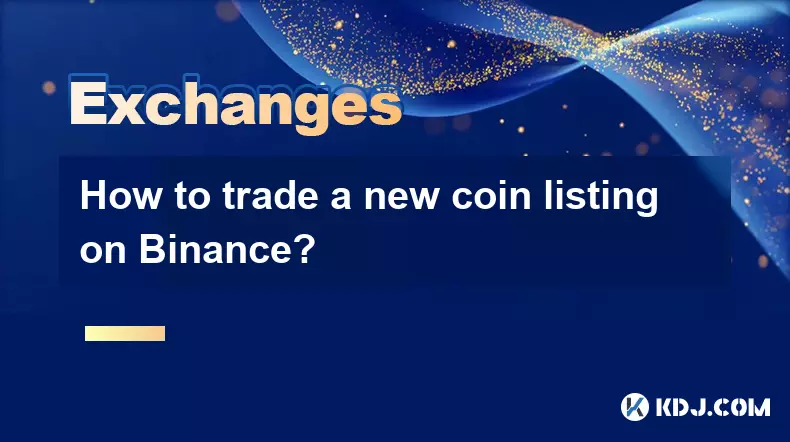
How to trade a new coin listing on Binance?
Aug 29,2025 at 11:14am
Understanding the Pre-Listing Phase1. Research the project thoroughly before any listing announcement. Whitepapers, team backgrounds, and community se...
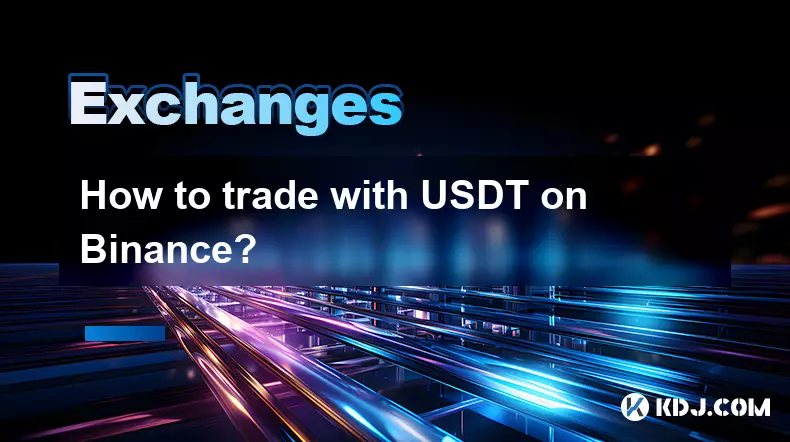
How to trade with USDT on Binance?
Aug 30,2025 at 02:19am
Getting Started with USDT Trading on Binance1. Create and verify your Binance account. Visit the official Binance website and complete the registratio...
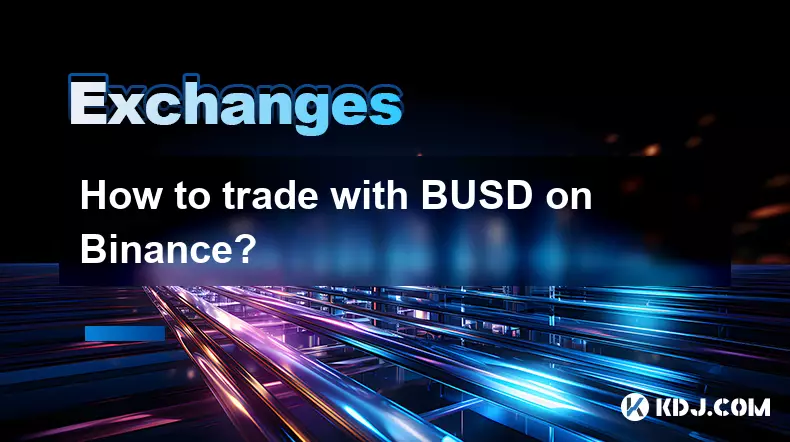
How to trade with BUSD on Binance?
Aug 30,2025 at 07:42am
Understanding BUSD and Its Role in Binance Trading1. BUSD, or Binance USD, is a stablecoin pegged to the value of the U.S. dollar, meaning 1 BUSD is a...
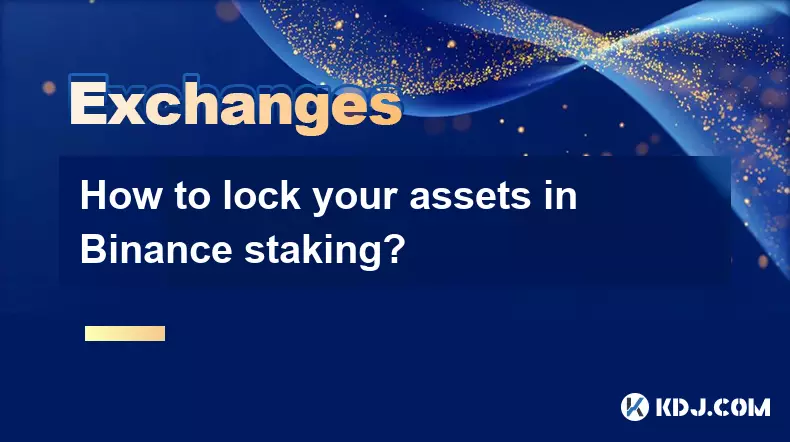
How to lock your assets in Binance staking?
Aug 30,2025 at 01:37pm
Understanding Binance Staking Options1. Binance offers multiple staking products including Locked Staking, DeFi Staking, and Liquid Staking. Each prod...

How to find your referral ID on Binance?
Aug 30,2025 at 12:18am
Understanding the Importance of a Referral ID on Binance1. A referral ID on Binance is a unique identifier assigned to each user who participates in t...
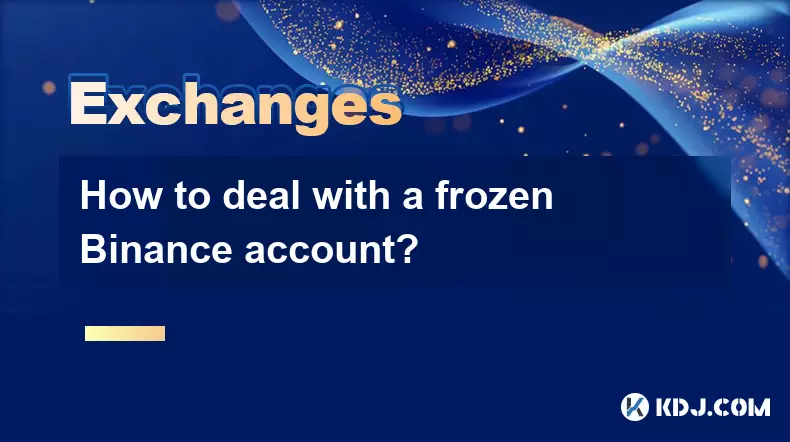
How to deal with a frozen Binance account?
Aug 30,2025 at 05:52am
Understanding the Reasons Behind a Frozen Binance Account1. Accounts on Binance may be frozen due to security concerns, especially after unusual login...

How to trade a new coin listing on Binance?
Aug 29,2025 at 11:14am
Understanding the Pre-Listing Phase1. Research the project thoroughly before any listing announcement. Whitepapers, team backgrounds, and community se...

How to trade with USDT on Binance?
Aug 30,2025 at 02:19am
Getting Started with USDT Trading on Binance1. Create and verify your Binance account. Visit the official Binance website and complete the registratio...

How to trade with BUSD on Binance?
Aug 30,2025 at 07:42am
Understanding BUSD and Its Role in Binance Trading1. BUSD, or Binance USD, is a stablecoin pegged to the value of the U.S. dollar, meaning 1 BUSD is a...

How to lock your assets in Binance staking?
Aug 30,2025 at 01:37pm
Understanding Binance Staking Options1. Binance offers multiple staking products including Locked Staking, DeFi Staking, and Liquid Staking. Each prod...

How to find your referral ID on Binance?
Aug 30,2025 at 12:18am
Understanding the Importance of a Referral ID on Binance1. A referral ID on Binance is a unique identifier assigned to each user who participates in t...

How to deal with a frozen Binance account?
Aug 30,2025 at 05:52am
Understanding the Reasons Behind a Frozen Binance Account1. Accounts on Binance may be frozen due to security concerns, especially after unusual login...
See all articles























